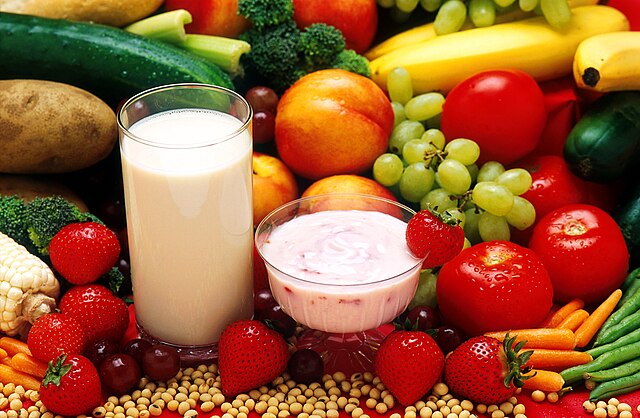The world’s food prices continued to rise for three consecutive months in May 2024 following upshot cereal and dairy prices despite low-priced vegetable oils.
According to the FAO Food Price Index (FPPI) report of June 7, 2024, May’s food prices edged those of April by 0.9%.
At 120.4 points, May’s FPPI was 1.1 points more than April’s upward revision of 119.3 points. However, it was lower by 3.4% vis-á-vis the May 2023 level.
This means that though international food prices are higher month-on-month, they are nevertheless lower than in recent years. Comparatively, the May 2024 index is far lower than its peak in March 2022 when it had hit 160.2 points.
The blame for the monthly spike lies with cereals, whose index rose from 111.6 points in April to 118.7 points in May.
Concerns about poor weather conditions in the grain regions of North America and Europe apparently strengthened prices.
Secondly, insecurity on the Black Sea grain-exporting corridor still brought challenges to Ukraine’s shipments and with it price increases.
Maize had a bullish effect on global food prices, peaking at $4.65 per bushel on May 20, 2024 in stock markets. On this date ended a consecutive price notch up that had begun on February 26, 2024. From May 27 onward, the price had a steady decline up to the June 2023 mark of $4.49 a bushel.
FAO cited the reason for expensive maize in May as high world demand versus low supplies from Argentina and Ukraine.
Thus, FAO forecasts 2024’s cereal trade to decline by 1.3% to 481 million tonnes year-on-year, despite gains in rice.
Like cereals, dairy strengthened global food prices for it inched up 1.8% or 2.3 points between April and May.
At 126.0 points in May, dairy prices were naturally up due to high world demand amid low production in Oceania.
The start of summer, when milk products gain favor in Western markets also contributed to costly milk prices. Besides, analysts predict that the key provider, Europe, will see historical milk production fall in coming months.
Counter-weighing price gains in grains and milk was affordable vegetable oil, which at 127.8 points was 2.4 % cheaper, month-on-month.
Key drivers of the softening monthly retail rates of vegetable oils in May included weak palm oil prices. However, pricey sunflower, canola and soy oils made vegetable oils costlier by 7.7% in May 2024 than in May 2023.
The next FFPI report on the monthly performance of global food prices will be out on July 5. And as the following statistics show, there are more factors than those above that cause international food price shifts.
Global Food Prices Statistics
As an international food price measure, the FAO Food Price Index focuses on basic food units. It calculates the export prices of five food categories namely sugar, cereals, meat, vegetable oils and dairy to find monthly price changes.
Which countries have the highest food prices?
South Korea had the most expensive food prices in 2017 at 202.794 points versus the world average of 104.971 points. At position 11 with 166.187 points, Angola had the highest placement among countries in Africa. The country with the least expensive food in the 2017 list of 167 nations was Egypt, with 52.288 points.
Which was the most expensive month in world food prices in recent times?
July 2023 had the most recent highest FFPI at 124.6 points but was still below March 2022’s high of 160.2 points.
